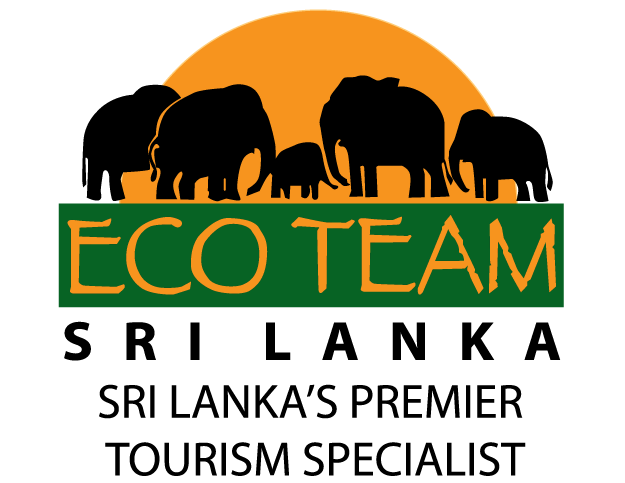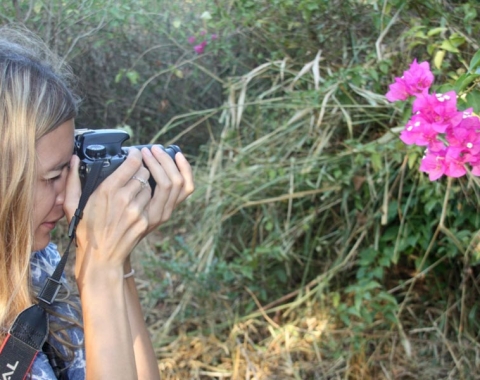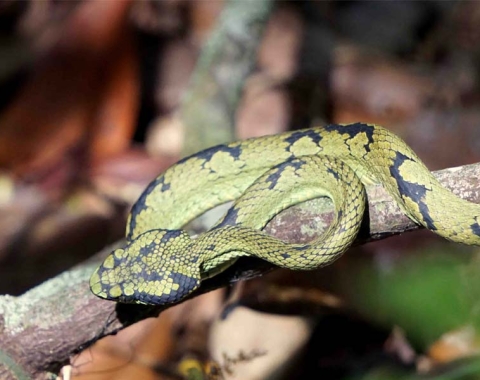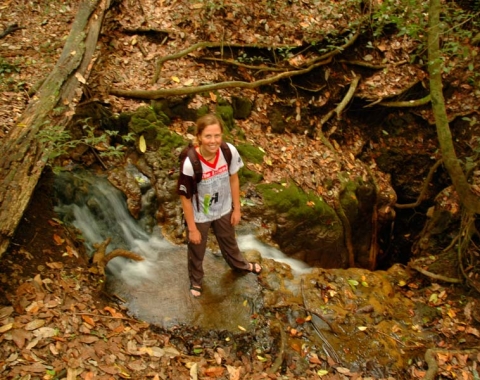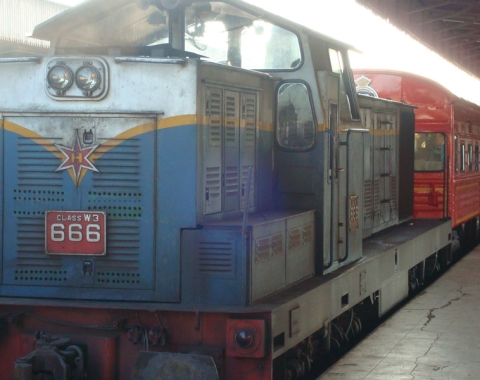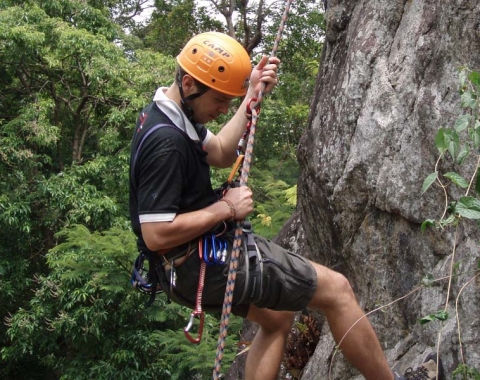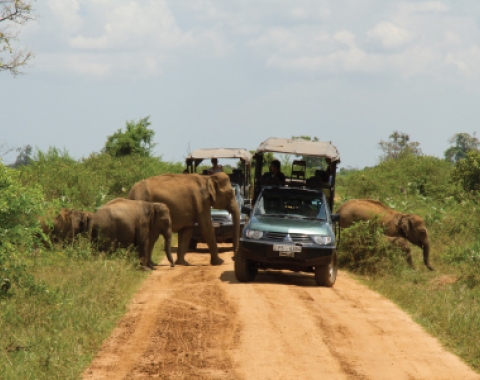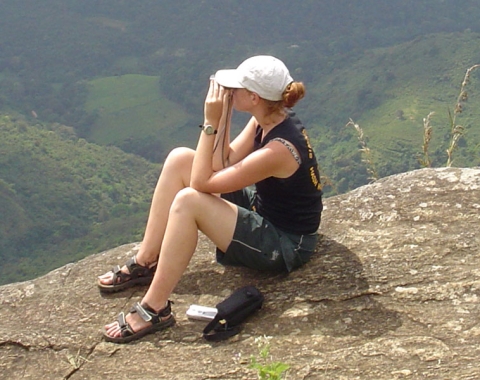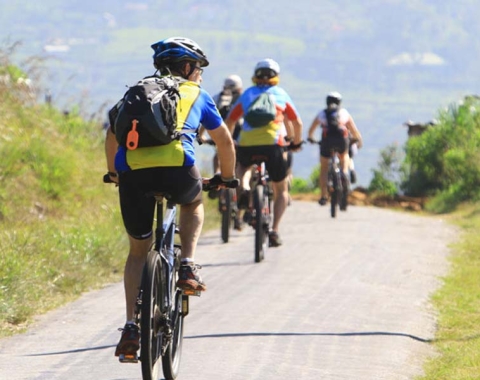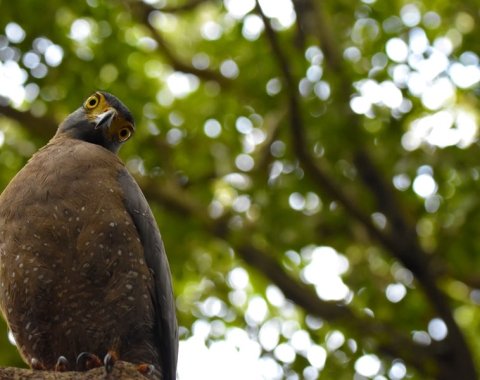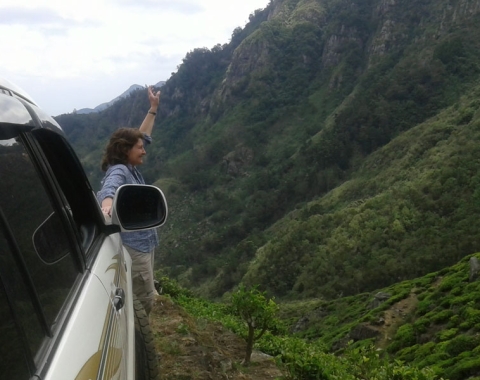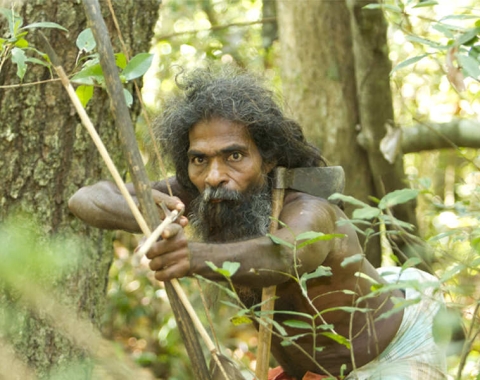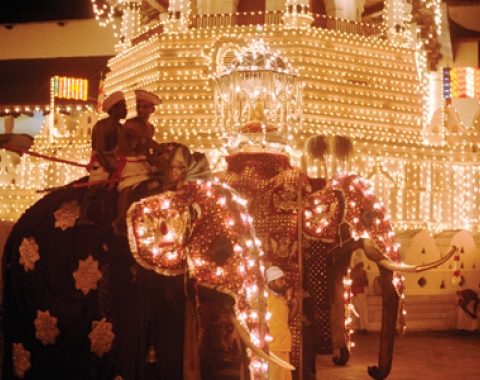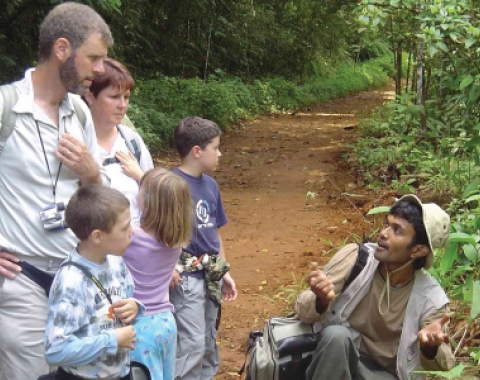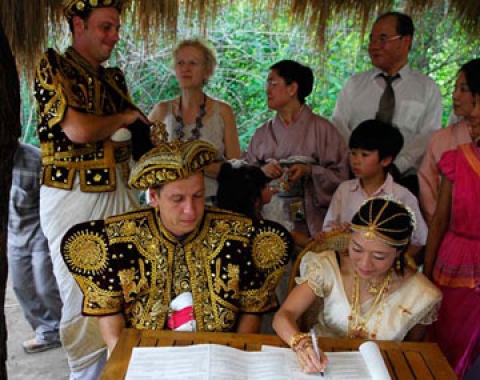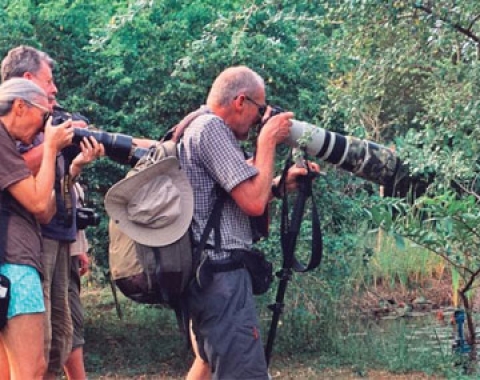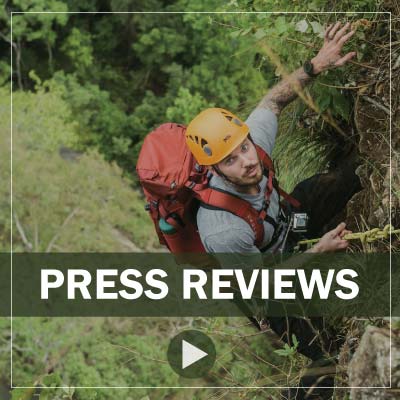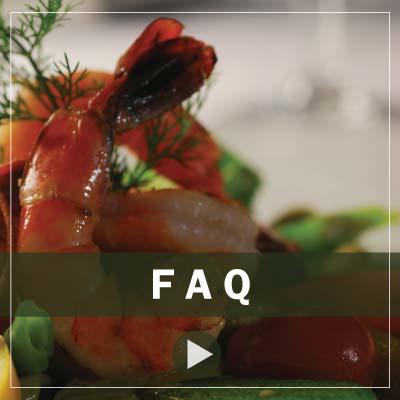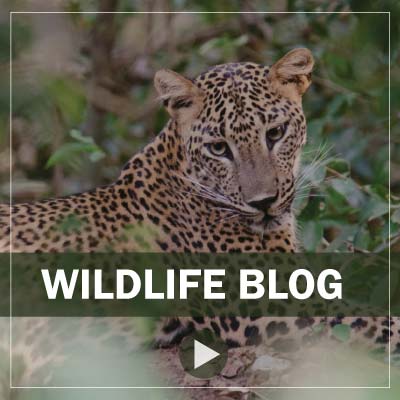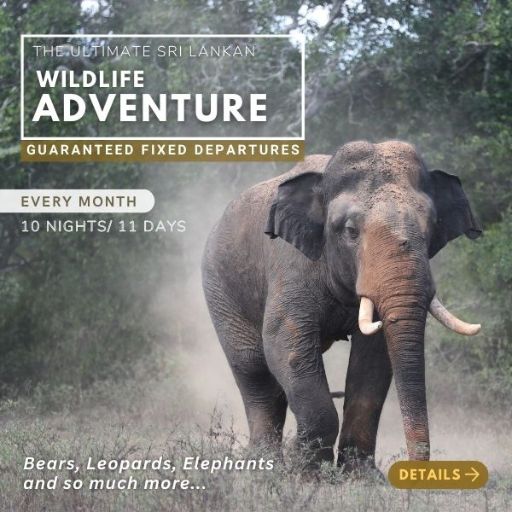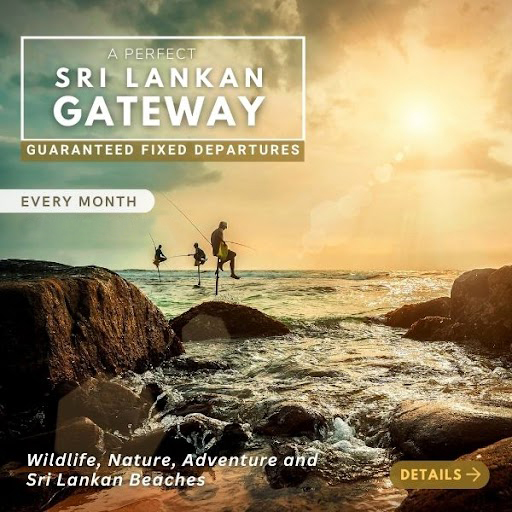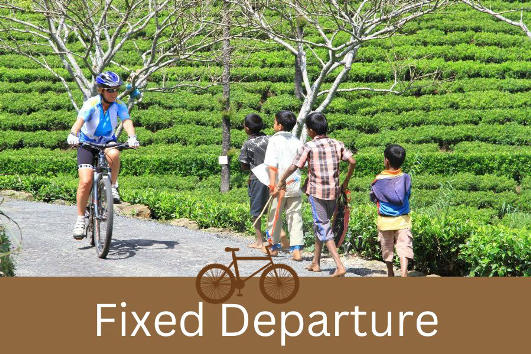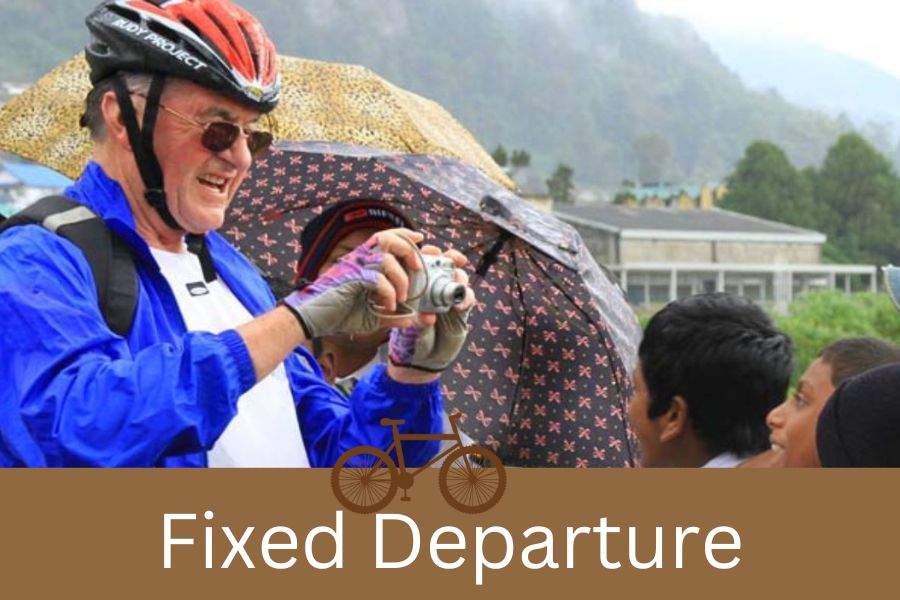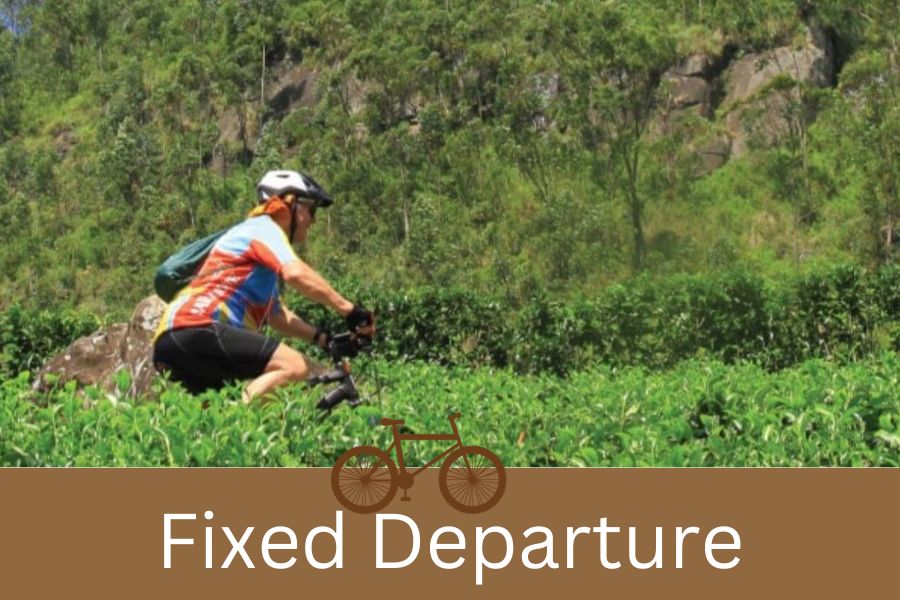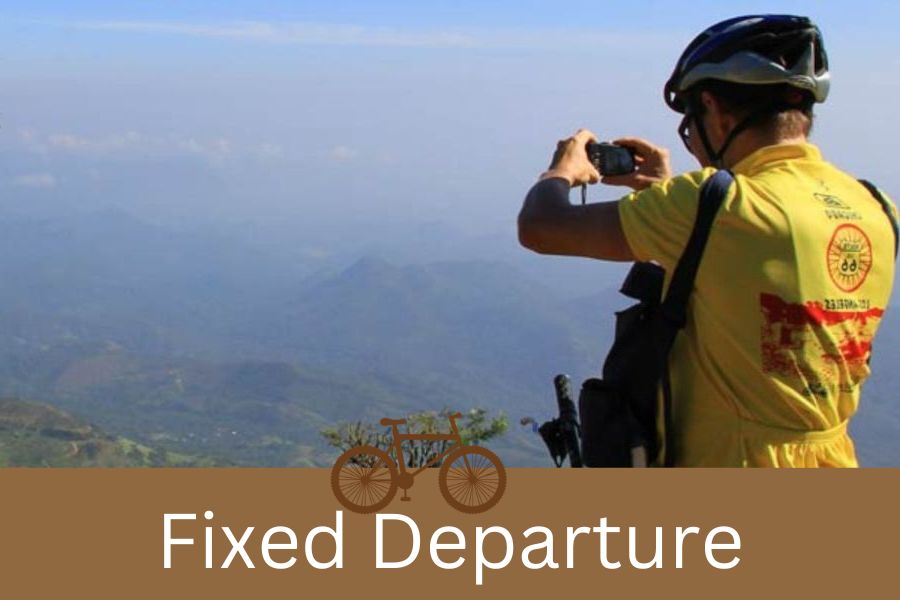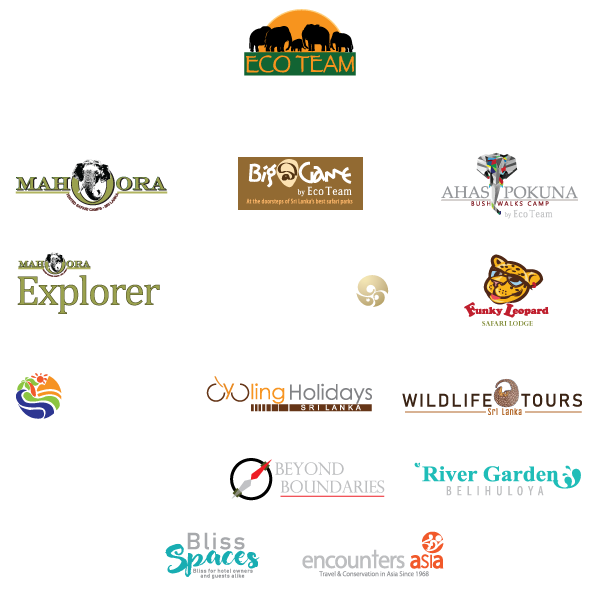In the 2nd century BC, Queen Somawathie built the Somawathie dagoba (a mound-like structure which contains relics used as a place of worship), along the Eastern side of the Mahaweli River, hence giving name to this National Park.
The Park was originally designated as a wildlife sanctuary on the 9th of August 1966. The Somawathiya National Park is located 266 kms (165 miles) North East of Colombo. It lies in the deltaic flood plains of the Mahaweli River (the longest river in Sri Lanka) and it is here that the river forks into two branches: flowing into Koddiyar Bay and Verugal Oya, which eventually reaches the ocean.
Given the Park’s location, it is home to beautiful wetland ecosystems in the island, called ‘villus’ in the Mahaweli flood plains. These are natural inland water bodies characterised by aquatic plants and water-tolerant grasses. Somawathiya gives protection to a unique habitat of riverine villus and flood plains.
The ecological importance of Somawathiya is mainly due to the prevalence of elephants (Elephas maximus), which is estimated to be around 400 within the Park and its immediate environs, and also due to its abundant bird life. Mammals to watch out for include: the Golden Jackal (Canid aureus), Fishing Cat (Prionailurus viverrinus), Rusty-Spotted Cat (Felis rubiginosa), Leopard (Panthera pardus kotiya), Wild Boar (Sus scrofa), Sambar (Cervus unicolor), Water Buffalo (Bubalus bubalis), Porcupine (Hystrix indica) and the Black-Naped Hare (Lepus nigricollis).
Typically, the marshes of the flood plains have a rich and interesting avifauna. Around 75 migrant species are known to winter in the marshes of Somawathiya, including birds such as the Garganey (Anus querquedula), Marsh Sandpiper (Tringa stagnatilis), Pintail Snipe (Gallinago stenura) and the Whiskered Tern (Chlidonios hybridus). Resident birds include the Painted Stork
(Mycteria leucocephala) and Purple Coot (Porphyrio porphyrio) - among others.
Flora and fauna were once an abounding and vibrant feature in the National Park but increased human activity and exploitation has contributed to a decline. Deforestation, cattle grazing, and tobacco cultivation have also exacerbated damage to the Park’s ecology. Conservation, however, has begun in hope of reversing the situation.
Tour Itinerary
Schedule
- Arrival in Somawathiya
- Full Day Safari at Somawathiya National Park
- Dinner and overnight stay at hotel
